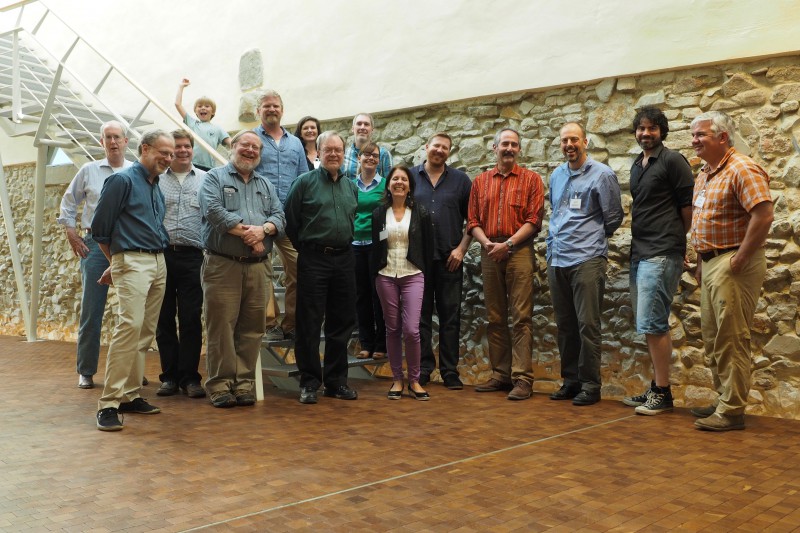Event Details

Picture Gallery
Stone tools and the debris from stone-tool manufacture are found throughout the archaeological record of humans and their ancestors. The first unambiguous hominin-produced tools appeared approximately 2.6 million years ago (de la Torre 2011), although recent studies have shown indirect evidence that hominins began using stone tools nearly 3.4 million years ago (McPherron et al. 2010). Stone has been used to make tools in nearly all of the regions of the globe that have been inhabited. Given the nearly ubiquitous use of stone tools by hominins, their study is an important line of inquiry for shedding light on questions of evolution and behavior. Researchers have been studying stone artifacts for over a century and have investigated a wide range of topics, including the evolution of technology, prehistoric economy, hominin global dispersals, and the ancient engineering of tools, but the topic of evolutionary convergence remains an understudied yet potentially important avenue of research. Convergence is the phenomenon in which evolutionary processes result in the same, or similar, forms in independent lineages as a result of functional or developmental constraints (McGhee 2011). In studies of stone tools, identifying cases of convergence is of particular importance because similarities in form and function are often used to suggest historical connections among prehistoric groups. Identifying cases of convergence would refute hypotheses that otherwise would suggest some degree of physical or cultural connection among toolmakers. The reason that convergence remains understudied has to do in large part with the unsupported assumption that there are “endless” stone-tool production techniques and forms, and thus “independent innovation in stone tools is incredibly rare” (Bradley, as quoted by Cook 2012). Considerable reason exists to doubt this widely held belief because the manufacture of stone tools is a reductive process, whereby stone flakes are removed from larger cores to make smaller tool forms. As stone is reduced, the number of possible outcomes in terms of form becomes increasingly constrained. Widespread convergence of lithic technologies is also possible as a result of the fracturing properties of stone, which are governed by a specific set of physical constraints (Dibble and Pelcin 1995; Magnani et al. 2014). The vast array of stone types that are appropriate for stone-tool manufacture—flint, obsidian, basalt, and quartzite, for example—contain the same basic set of fracture properties, which increases the possibility of convergence (e.g., Braun et al. 2009; Eren et al. 2011, 2014). Moreover, prehistoric people, albeit in different times and places, would have faced similar adaptive challenges that would have ostensibly governed stone-tool forms toward similar optimal designs (“adaptive peaks”) (Lycett and Eren 2013). Considering all these factors, it should be no surprise that several recent studies are empirically consistent with the hypothesis that convergence in lithic technology is not rare (Eren et al. 2013, 2014; Lycett 2009, 2011).


